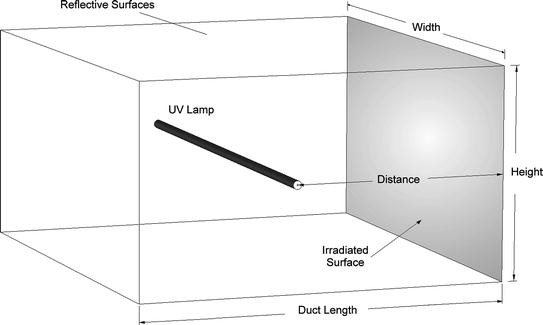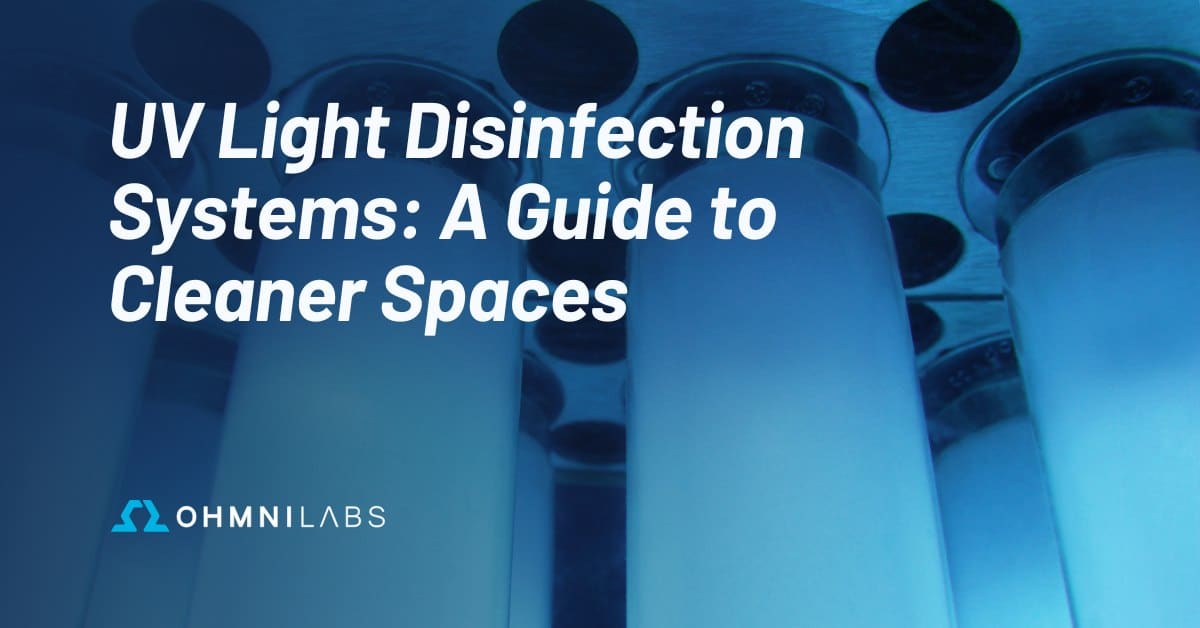Discover the Benefits of UV Surface Disinfection: Efficient and Eco-Friendly Cleanliness
Discover the Benefits of UV Surface Disinfection: Efficient and Eco-Friendly Cleanliness
Blog Article
UV Disinfection: The Cutting-Edge Technology Transforming Hygiene Practices
In the realm of cleanliness practices, one innovation has actually become a game-changer: UV disinfection. With its capacity to get rid of dangerous virus, this sophisticated innovation is revolutionizing the way we approach sanitation and health. Exactly how does UV disinfection work, and what are the advantages it supplies? From medical care settings to food processing, UV disinfection is making its mark in numerous sectors. In this discussion, we will certainly discover the intricacies of this transformative technology and expect its appealing future.
Exactly How UV Sanitation Works
UV sanitation works by making use of ultraviolet light to damage or suspend bacteria, giving a very efficient and chemical-free technique of cleanliness. This technology uses the power of short-wavelength UV-C light, which is qualified of harming the DNA and RNA of microorganisms, therefore providing them unable to cause and duplicate harm.
The process begins with the installation of UV sanitation systems, which contain UV lamps that emit UV-C light. These lights are strategically put in locations where microbial contamination is a worry, such as water therapy plants, healthcare facilities, labs, and food handling centers.
When microorganisms are revealed to UV-C light, the photons penetrate their cell wall surfaces and reach the DNA and RNA inside. The high-energy UV-C photons interrupt the hereditary product by producing bonds between surrounding nucleotides, resulting in the development of thymine dimers. These dimers protect against the bacteria from duplicating, providing them harmless.
UV sanitation is highly effective against a large variety of microbes, including bacteria, bloodsuckers, and viruses. It is specifically efficient versus waterborne pathogens like E. coli, Giardia, and Cryptosporidium. UV sanitation is a chemical-free approach, removing the requirement for possibly harmful disinfectants and decreasing the risk of harmful disinfection byproducts.
Benefits of UV Disinfection
UV sanitation supplies numerous advantages in the field of sanitation, making it a highly chosen technique for effectively getting rid of harmful microbes. Unlike standard sanitation methods that depend on chemicals, UV disinfection makes use of ultraviolet light to damage the DNA of bacteria, making them not able to replicate and cause infections.

UV sanitation is likewise extremely versatile in its applications. It can be used in numerous settings, including hospitals, colleges, food handling facilities, and water therapy plants. UV disinfection systems can be conveniently incorporated into existing hygiene practices, giving an additional layer of security versus transmittable conditions.
Along with its effectiveness and adaptability, UV sanitation is likewise eco friendly. It does not generate any kind of hazardous byproducts or residues, making it a lasting and safe method for sanitation - uv surface disinfection. UV disinfection needs very little upkeep and has a lengthy life-span, resulting in price savings in the long run.
UV Disinfection in Health Care Setups
In health care setups, UV disinfection has actually emerged as a groundbreaking technique for efficiently eliminating harmful microbes. UV disinfection functions by emitting ultraviolet light at a particular wavelength that is dangerous to microorganisms, viruses, and other microorganisms.
To start with, UV sanitation is a non-chemical technique, making it an environmentally pleasant alternative contrasted to standard sanitation methods that commonly involve making use of harsh chemicals. Using UV light eliminates the requirement for chemical disinfectants, lowering the danger of damaging residue or chemical exposure to both patients and health care workers.
Additionally, UV disinfection is extremely efficient in killing a wide variety of microorganisms, including drug-resistant bacteria such as have a peek at this website MRSA and C. difficile. It offers a reputable and consistent disinfection procedure, ensuring that all surface areas and tools are extensively sanitized, even in hard-to-reach locations.

UV Sanitation in Food Processing
The application of UV disinfection expands beyond medical care settings and locates considerable value in the world of food handling. uv surface disinfection. UV sanitation innovation is ending up being progressively prominent in the food market because of its capability to successfully eliminate dangerous virus and improve food safety
Among the primary benefits of UV sanitation in food processing is its capacity to target a large range of microbes, including mold and mildews, infections, and microorganisms. By utilizing UV light at details wavelengths, it is possible to interrupt the DNA and RNA of these microorganisms, making them unable to cause or reproduce injury. This innovation can be applied to various stages of the food handling chain, consisting of surface area sanitation, tools sterilization, and water treatment.
UV sanitation gives a chemical-free and non-thermal method of sanitizing food. Unlike standard sanitation approaches that count on chemicals or warm, UV innovation does not leave any deposit or alter the preference, texture, or nutritional worth of the food. This makes it an excellent service for industries that call for rigorous adherence to quality requirements.
Moreover, UV disinfection systems are very easy to install and run, needing very little maintenance. They my response can be integrated into existing handling lines without creating significant interruptions to the manufacturing procedure. Furthermore, UV systems have a quick therapy time, permitting continuous processing and minimizing downtime.
The Future of UV Disinfection

One area where UV disinfection is expected to make considerable improvements is in the area of health care. With the surge of antibiotic-resistant germs and the requirement for a lot more effective sanitation approaches, UV light has the potential to play a critical duty in lowering healthcare-associated infections. UV disinfection systems can be utilized to sanitize surfaces, devices, and also the air in health care centers, aiding to stop the spread of hazardous pathogens and boost person safety.
One more industry that could take advantage of developments in UV disinfection modern technology is the food sector. UV light has currently confirmed to be an efficient approach for decontaminating food and lowering the threat of foodborne ailments. As technology enhances, we can expect to see much more effective and cost-effective UV disinfection systems being executed in food processing plants, making certain that the food we take in is risk-free and devoid of hazardous germs.
Verdict
To conclude, UV disinfection is an innovative technology visit this web-site that is transforming sanitation practices in medical care settings and food handling. By utilizing UV light to eliminate or deactivate microorganisms, it provides many advantages such as safety, effectiveness, and effectiveness. With ongoing developments in this field, UV disinfection holds great possible for the future of hygiene, offering a dependable and lasting service for keeping clean and sanitary atmospheres.
UV sanitation is a chemical-free approach, eliminating the demand for possibly unsafe disinfectants and decreasing the threat of hazardous disinfection by-products.
Unlike standard disinfection techniques that depend on chemicals, UV sanitation makes use of ultraviolet light to ruin the DNA of microorganisms, providing them incapable to reproduce and create infections. Unlike traditional disinfection techniques that rely on chemicals or warmth, UV modern technology does not leave any deposit or modify the taste, appearance, or dietary worth of the food. As technology enhances, we can expect to see much more efficient and economical UV disinfection systems being applied in food processing plants, ensuring that the food we eat is secure and complimentary from unsafe germs.
In conclusion, UV sanitation is a cutting-edge innovation that is changing hygiene practices in health care settings and food handling.
Report this page